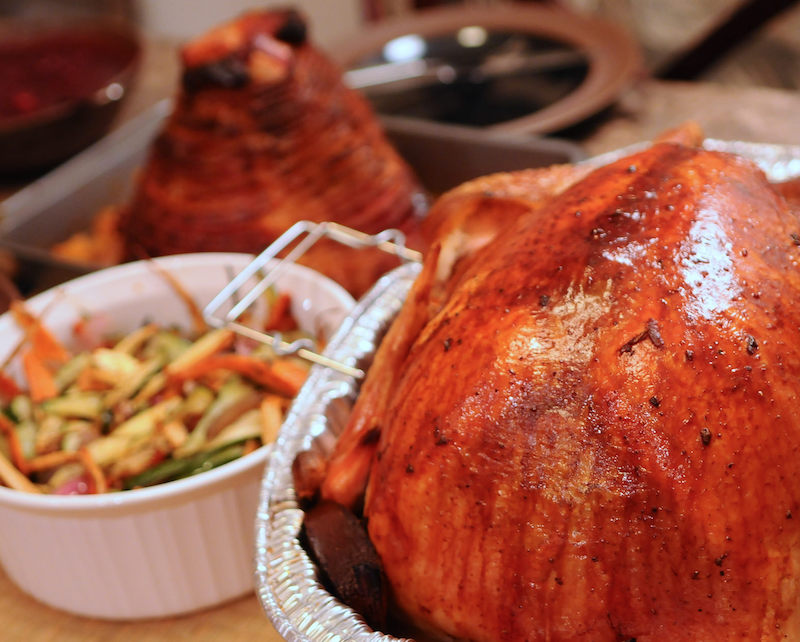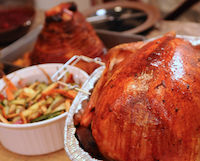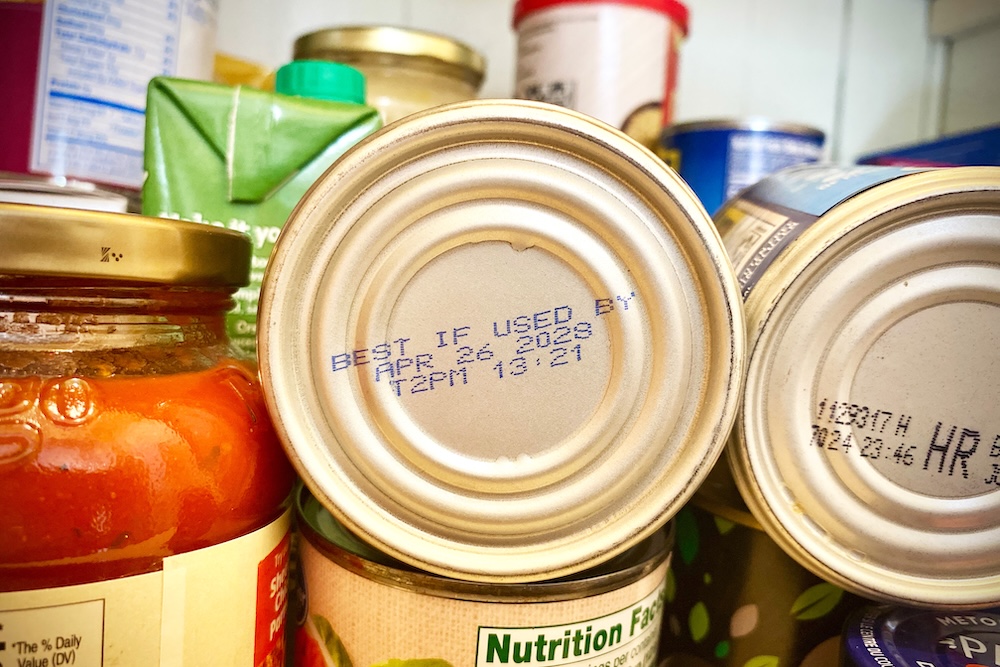As the holiday season arrives, the traditional images of loved ones crowded around a dinner table groaning under the weight of the holiday feast may look a little different this year: The recent surge in COVID-19 cases has prompted rising fears that holiday gatherings may accelerate the spread of the virus.
The Centers for Disease Control and Prevention has released recommendations for safely celebrating Thanksgiving, suggesting smaller gatherings with only household members and offering tips for making the holiday both happy and healthy.
In the midst of a stressful year, people may crave the normalcy of a celebration with family or friends, but safety should still come first, said University of Georgia Cooperative Extension food safety specialist Elizabeth Andress.
While CDC guidelines suggest that guests bring their own food, drinks, plates, cups and utensils to holiday gatherings, that might not be feasible.
“One person or the host of a small gathering can be in charge of preparing and serving the food. It is not a bad idea to have fewer people involved in bringing or preparing food,” Andress said. “If someone is concerned about not having their own family recipe, maybe they can ensure that the person preparing the food has that recipe. Often there are things that aren’t made from a recipe or Grandma doesn’t want to give someone a prized or secret recipe, but this is the time to share those things.”
If bringing your own dishes and utensils sounds cumbersome, using disposable plates and utensils is an option, but more care should be given to items that are more likely to be used communally, like serving utensils.
“I am more concerned about serving utensils, as they are more likely to be shared. That is why it is a good idea for one person to serve the food,” she said. “While we don’t have evidence that COVID-19 is foodborne, it still comes down to basic food safety advice, like using a clean plate if you go for seconds. People could be at higher risk this year, so it is a good year to emphasize being extra cautious.”
Eating outside or keeping windows open if eating indoors are suggestions for hosting safely, and Andress also cautions against congregating in a small area for extended periods. When not eating or drinking, everyone should wear masks.
“Another tradition may be everyone gathering in the kitchen while the food is prepared, but that may not be possible this year. And distancing should still be observed even if you are going to host a small group outside. Make sure you are distanced as people sit and eat,” she said. “This is not a year to spend a long time eating or visiting anyway. Our time needs to be shorter and not that obtrusive.”
After the meal, thoroughly wash tablecloths or cloth napkins as soon as possible and take care if you are sending home leftovers, having one person packing items in disposable containers for others to take with them rather than having everyone help themselves.
“If you are hosting, clean high-contact surfaces frequently and make sure you have plenty of hand sanitizer available or encourage people to bring their own,” Andress said.
And while all of the warnings and precautions may seem overly cautious to some, being diligent now will ensure a quicker return to normalcy and preserve your loved ones’ health.
“This is not a lifetime sacrifice. We may have to sacrifice more for a holiday or two, but that is just something friends and family members have to sacrifice this year to keep everyone heathy and safe,” Andress said.
You can find the CDC recommendations for safer holiday gatherings at cdc.gov.








